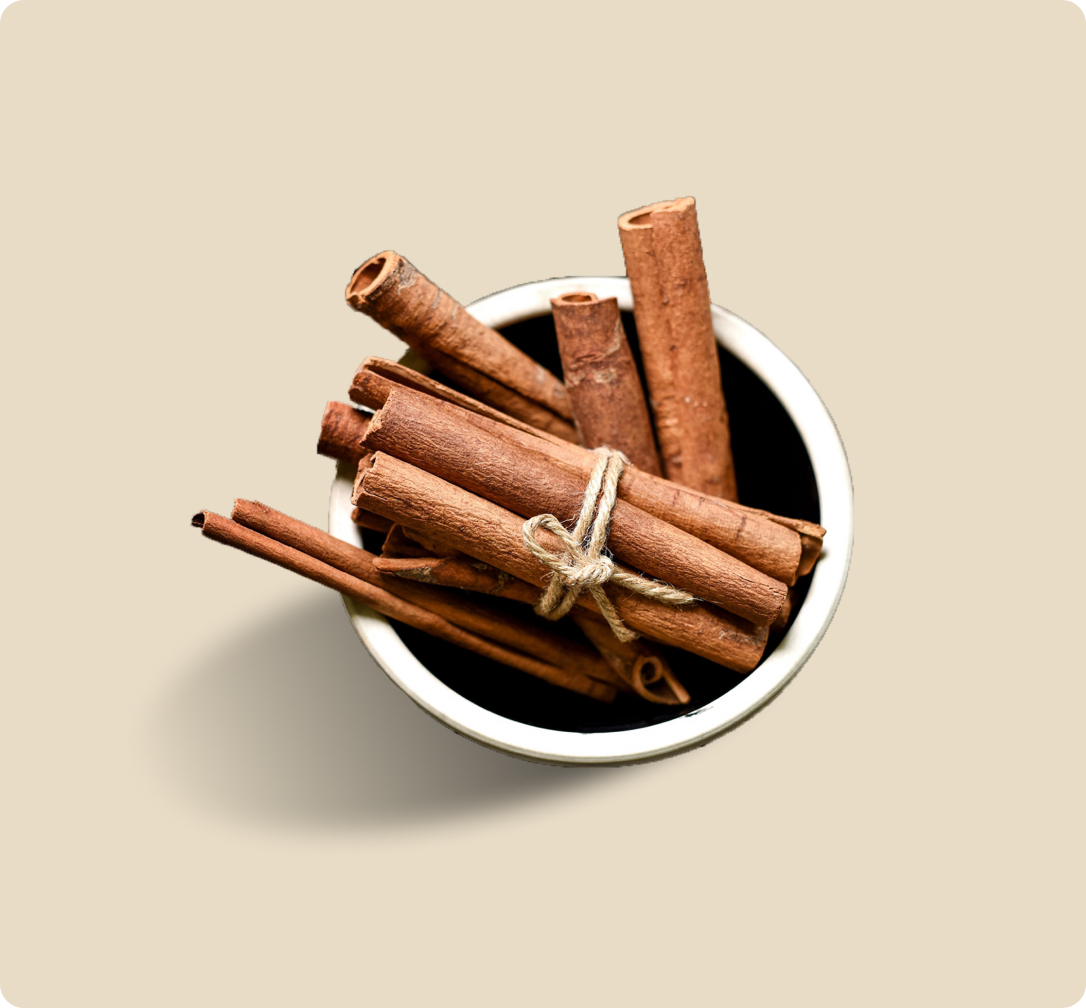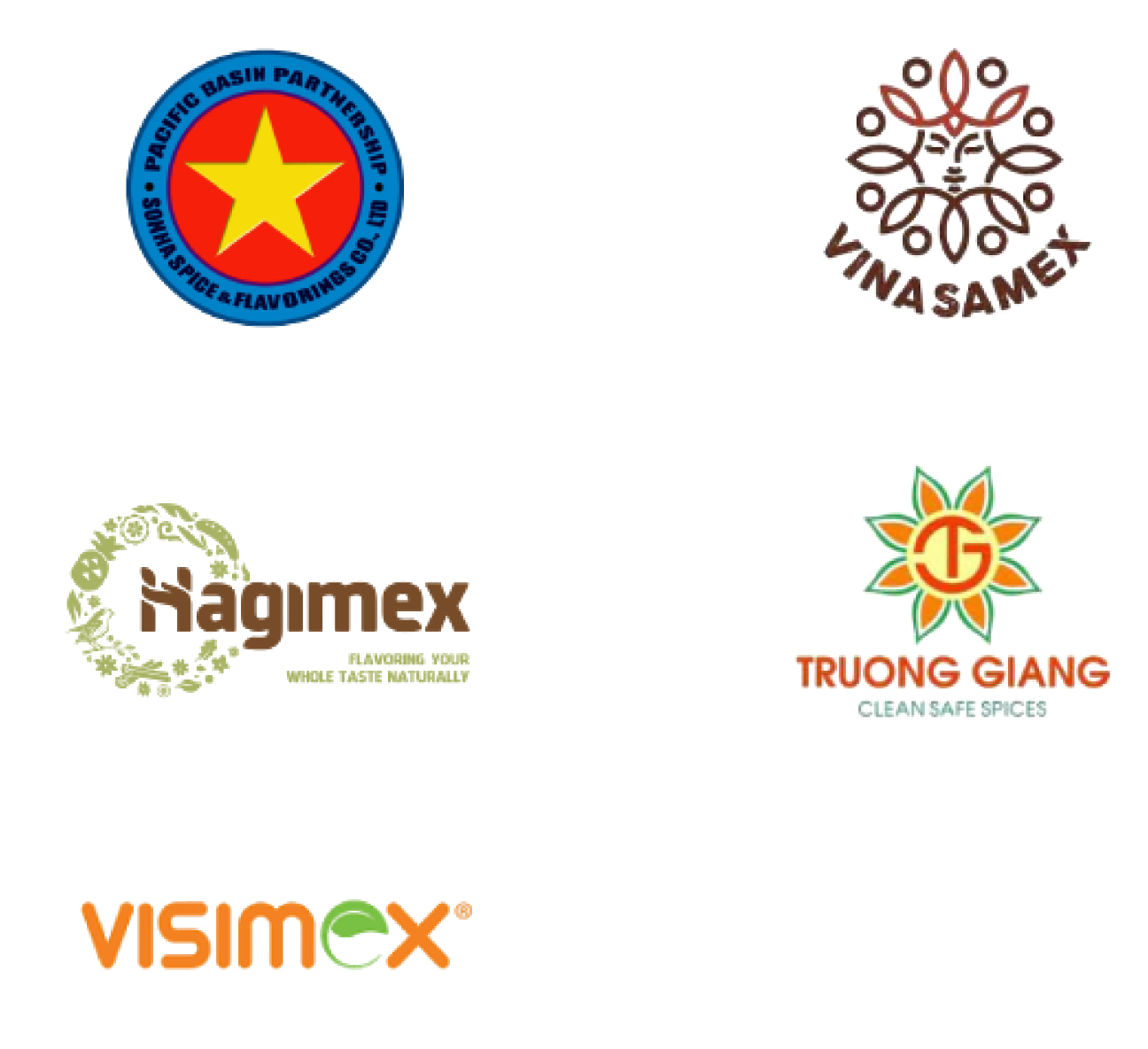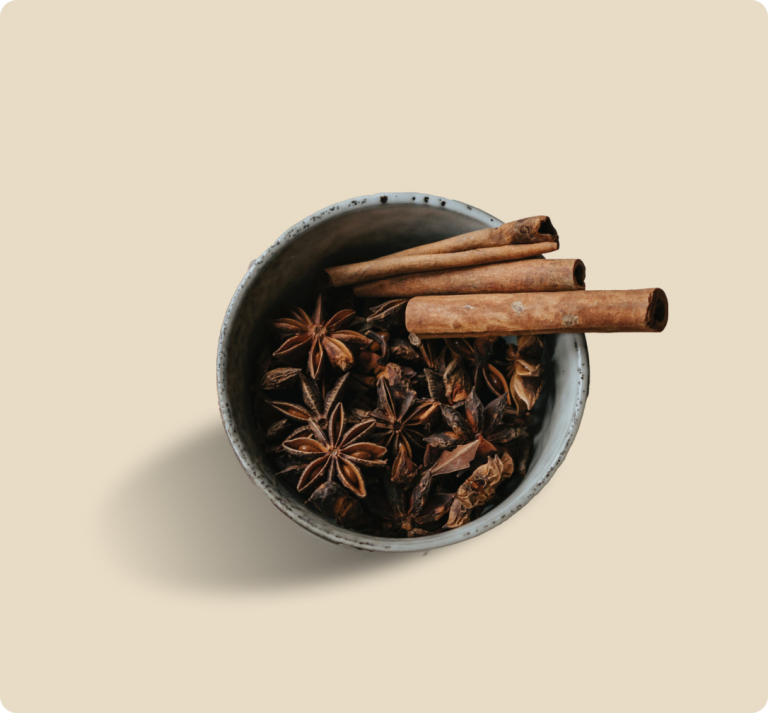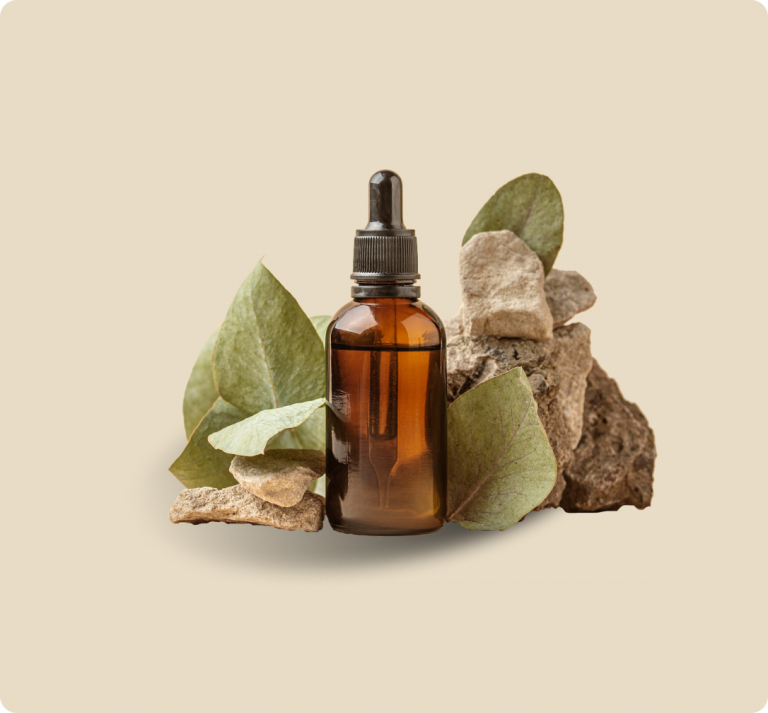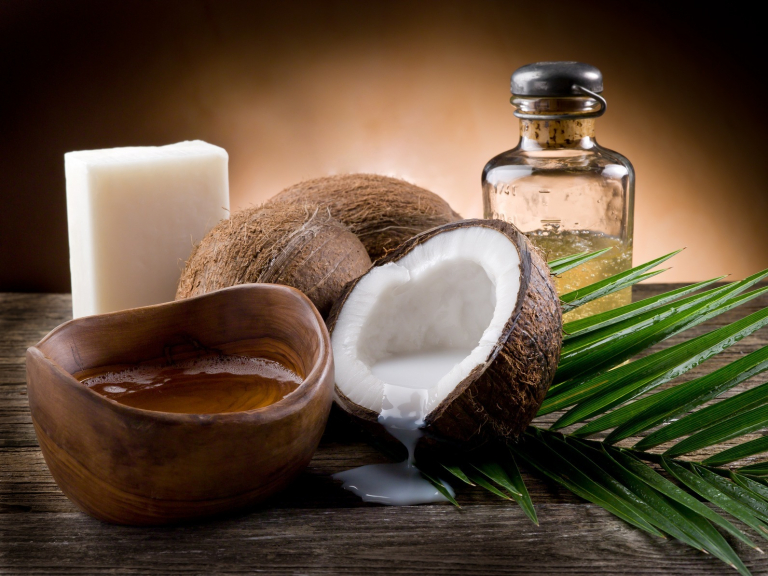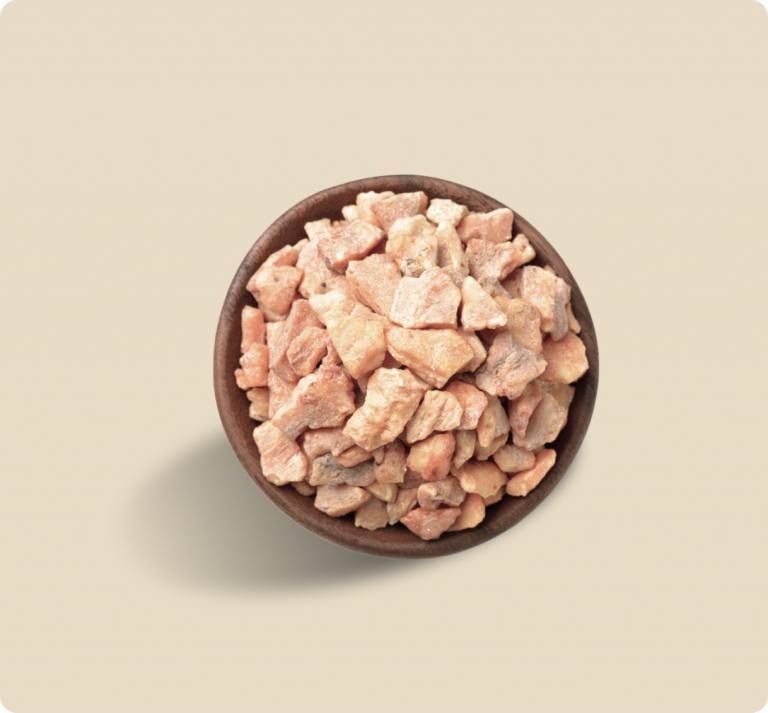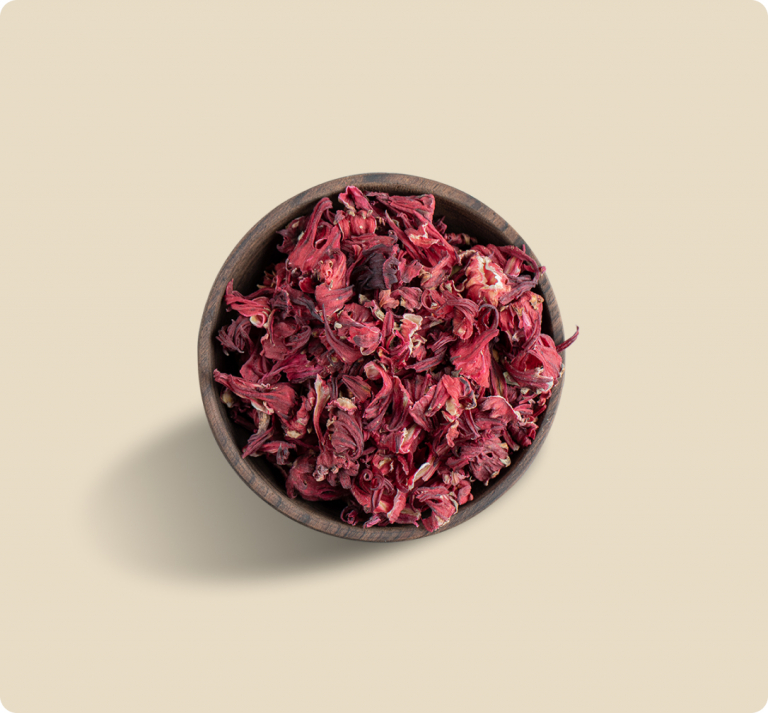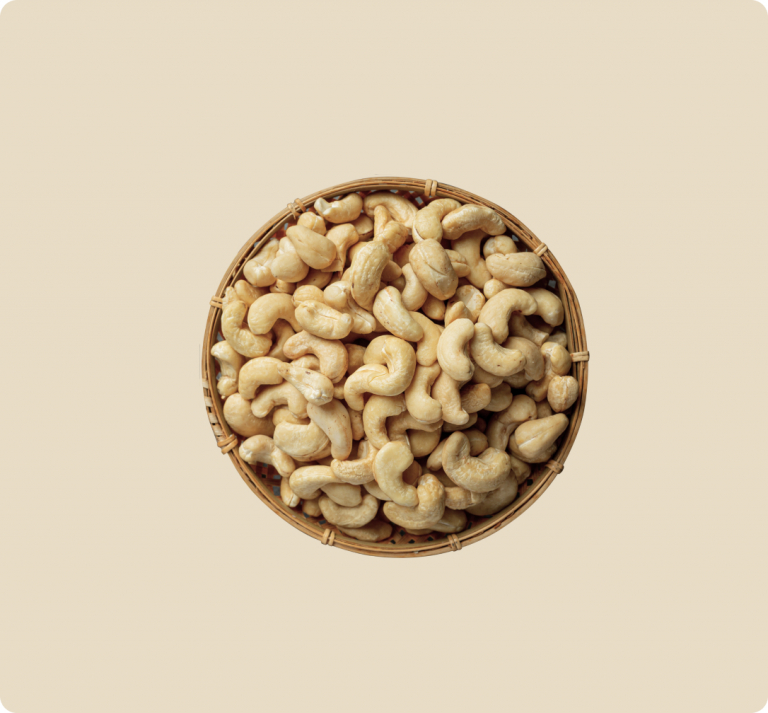Unique Selling Points
The Vietnamese cinnamon produced on plantations comes from the Cassia species, differentiated from Ceylon cinnamon originated in Sri Lanka and Madagascar. In Vietnam, the cinnamon plantation can be separated into three regions: Yen Bai/Lao Cai, Bac Can/Thai Nguyen, and Quang Nam/Quang Ngai, with a total area of approximately 123,970 ha in 2020, from which 50,000 ha were harvested generating 41,000 tons of cinnamon bark. Vietnam has been recorded to be one of 5 countries having the largest cinnamon tree-growing areas in the world.
Vietnamese cinnamon trees are one of Cassia species and are woody, perennial plants that are considered a local delicacy where it is grown due to the requirements for high-quality soil and strictly tropical climate conditions. The quality of Vietnamese cassia is considerably higher than that of the same type in other regions.
Vietnamese cinnamon often gets lumped in with cassia cinnamon since they’re more closely related to each other than to other varieties of cinnamon, but they’re still different species. Specifically, Vietnamese cinnamon has a higher concentration of cinnamaldehyde than any kind of cinnamon, which accounts for its robust flavor and scent. Combined with its richest antioxidant as well as antimicrobial and anti-inflammatory compounds, it has been prized for its therapeutic effects for thousands of years historically. During medieval times, cinnamon was used to treat a wide range of ailments, such as sore throats and coughs. It’s also proved to be beneficial in blood sugar control. Due to its uniquely high concentration, Vietnamese cinnamon may be one of the most effective varieties for lowering blood sugar levels.
Additionally, Cinnamomum loureiroi flavors the broth for pho and other Vietnamese soups. The special Vietnamese Saigon cinnamon has 1-5% essential oil in content and 25% cinnamaldehyde in essential oil, which is the highest of all the cinnamon species and has a good potential to produce medicinal cinnamon.
